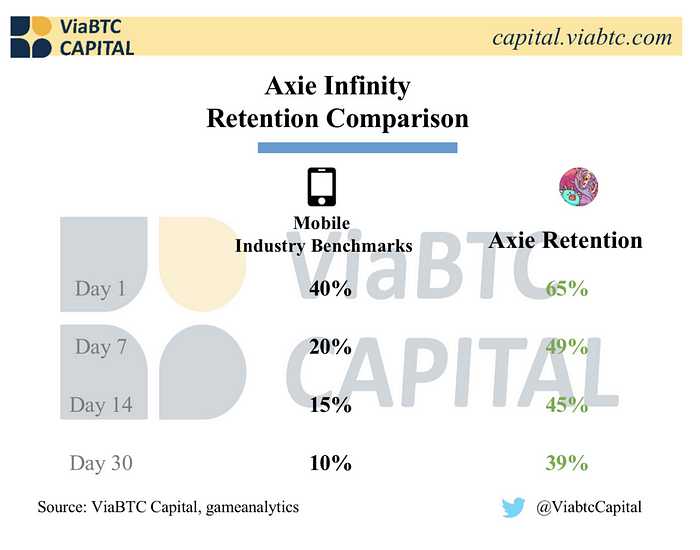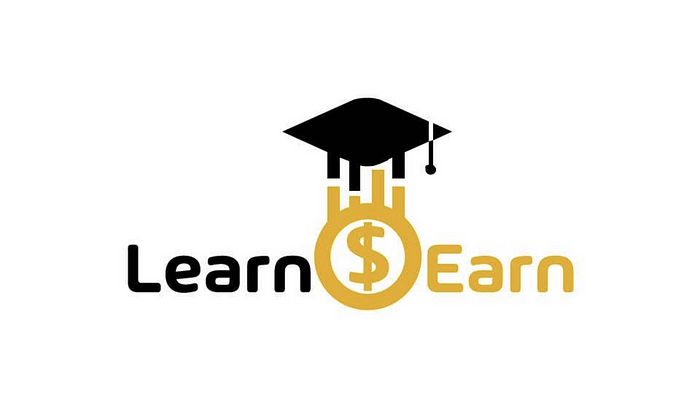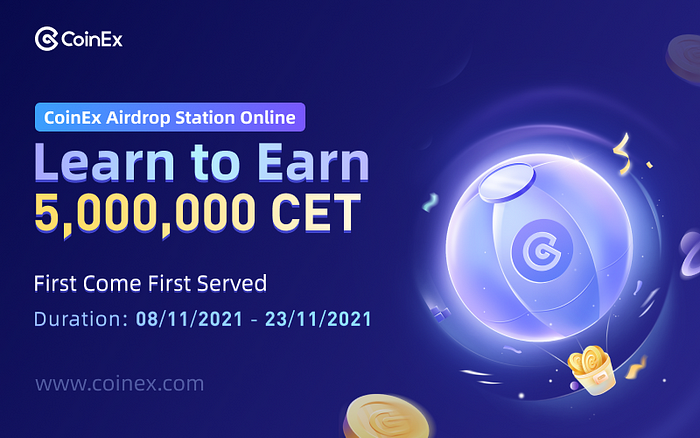196
Cryptocurrency Trading / A Full Introduction of CoinEx’s Take-Profit & Stop-Loss and How It Can Benefit
« on: November 15, 2021, 11:38:43 AM »
I. Persisting Issues in Perpetual Trading
The crypto market has seen record trading volumes of perpetual contracts for several years, whose popularity has pushed it to the focus of the capital. However, though perpetual trading is a powerful tool to reap profits, it is accompanied by risks and requires a high level of risk tolerance. For starters, crypto asset trading runs 24/7 all year round even when investors are offline, which means potential risks.
Many investors were shaken by the BTC crash on March 12, 2020. Amid the panic selling, countless people with long contracts failed to immediately close their positions for whatever reasons and ended up in a liquidation. They fell before the dawn of the bull market and missed out on many profitable opportunities.
Some traders with programming skills may develop auxiliary programs based on APIs provided by exchanges to monitor prices in real time and automate trading according to the preset strategies. It seems like a solution, but ordinary investors will find it difficult to build programs by themselves. Also, it is risky to use programs provided by others, for they may include malicious code to hijack user accounts for profits.
To solve that, traders either lower their leverage or close out at the end of the day. It has, however, reduced the risks but does not eliminate the problem. In response, CoinEx has improved the trading mechanism and rolled out a new feature, Take-Profit & Stop-Loss, to resolve the above issues encountered in the trading process and turn the perpetual contract into a trump card for investors to harvest profits.
II. Advantages of Take-Profit & Stop-Loss in Perpetual Contracts
CoinEx is an exchange under ViaBTC Group, dedicated to building a highly secure, stable, and efficient crypto trading environment for global users. It mainly supports spot, perpetual, leverage, AMM, and crypto mining, providing trading services in nearly 100 countries and regions. The new feature CoinEx has recently added to its perpetual contracts, Take-Profit & Stop-Loss, has been well received by users from day one, attracting much attention from investors.
With the new feature, users can set Take-Profit and Stop-Loss prices in advance for their perpetual contracts. When the market price reaches the preset price, the market order(s) will be systematically triggered to liquidate positions. On the contrary, when the market price is within the preset range, the automatic liquidation would not be activated unless manually operated by the user.

With the functions above, CoinEx’s Take-Profit & Stop-Loss will narrow potential risks and profits to a specific range to automatically retain profits and guard against losses. It reduces the user’s investment risk, prevents potential accidents, and minimizes losses even if the user makes a mistake in judgment. Thanks to this new feature, users can rest assured when holding positions without worriedly watching the market price 24 hours a day.
In addition, CoinEx’s Take-Profit & Stop-Loss can help investors develop good investment habits. Users can conveniently establish and examine their trading systems and skills while taking advantage of the automatic liquidation function to overcome greed and fear, thereby achieving continuous growth.
III. Rules of Take-Profit & Stop-Loss
For now, Take-Profit & Stop-Loss has been launched on CoinEx’s official website. According to the official announcement, the feature will be available on the App in December so that investors can carry out Take-Profit & Stop-Loss settings on their smartphones.
The Take-profit & Stop-loss function works for the whole position, which only supports all-position liquidation, not partial position. Suppose an investor presets the trigger prices for a position and manually adds the position afterward. The increased part will not be retained separately but equally liquidated when the preset price is met.
Example 1: Suppose we buy in a 3X BTC long position of the sum of 0.01 BTC with an average opening price of 61,000 USDT, set the trigger price as 60,000 USDT — 65,000 USDT, and then add 0.02 BTC to the position at 62,000 USDT. When the market price reaches 65,000 USDT, the system will automatically liquidate the whole 3X BTC long position, i.e. 0.03 BTC in total.
On the other hand, the Take-Profit & Stop-Loss settings will be executed on the preset position only. When the preset position has been liquidated and a new position opened, the user needs to reset Take-Profit & Stop-Loss prices.
Example 2: Still in the above example, if we manually close the whole 3X BTC long position, 0.03 BTC in total, according to the rules, the former Take-Profit & Stop-Loss settings will expire. Assuming that we then open a new 3X BTC long position, say, at the sum of 0.02 BTC, it would not inherit the Take-Profit & Stop-Loss settings by default, and we need to set the trigger prices manually.
Example 3: Still in Example 1, if we manually close half of the 3X BTC long position, 0.015 BTC in total, then the Take-Profit & Stop-Loss settings (60,000 USDT — 65,000 USDT) for the 3X BTC long position would still be in effect.
Last but not least, when the Take-Profit & Stop-Loss settings are triggered, the pending orders, if any, will be canceled automatically.
Example 4: Suppose we order a BTC long position of 0.03 BTC at 61,000 USDT, of which 0.01 BTC is closed and 0.02 BTC is pending, and set Take-Profit & Stop-Loss (60,000 USDT — 65,000 USDT). At this time, if the market price reaches 65,000 USDT, the take-profit condition will be triggered on the 0.01 BTC, and that of the remaining 0.02 BTC would be automatically canceled.
IV. How to Set Take-Profit & Stop-Loss on CoinEx
For now, the Take-Profit & Stop-Loss function supports most USDT-M and COIN-M perpetual contracts. Let’s take the BTCUSDT perpetual contract as an example:
When trading completes, find “TP/SL” in “Current Position”, where we can set Take-Profit & Stop-Loss parameters.

Set Take-Profit & Stop-Loss as below:

When a number is entered, the page will automatically display the estimated profit and loss, and then we can click “Confirm” to complete the setting. We can also modify the Take-Profit & Stop-Loss prices or cancel the order at any time. Of course, we may still set up a one-side order with only a Stop-Loss price to maximize the profit.
Conclusion
Overall, the crypto market is still a high-risk market compared with traditional investments. Although the perpetual contract is a convenient tool for investors to gain high income at a small cost, it also brings a lot of potential risks, especially when the market suffers wild fluctuations. CoinEx has made it much easier for investors to manage their positions by introducing the Take-Profit & Stop-Loss function. With their trading system and CoinEx’s new feature, investors can control the risk of perpetual contracts, increase the probability of profit, reduce losses that Black Swan incidents may cause, and thus gain more income.



 Latest news:
Latest news: 





 Shop
Shop
 Bidding Open
Bidding Open


 The floor price of paid NFTs/items and trade frequency: Paid items are the entrance threshold of players and one of the major sources of project revenue. Excessively expensive items will drive away users, while the payback period will be shortened if the item price is too low, which harms the long-term retention and project revenue. Additionally, we should also check whether the trade frequency can support the trading among players based on the in-game liquidity.
The floor price of paid NFTs/items and trade frequency: Paid items are the entrance threshold of players and one of the major sources of project revenue. Excessively expensive items will drive away users, while the payback period will be shortened if the item price is too low, which harms the long-term retention and project revenue. Additionally, we should also check whether the trade frequency can support the trading among players based on the in-game liquidity.

